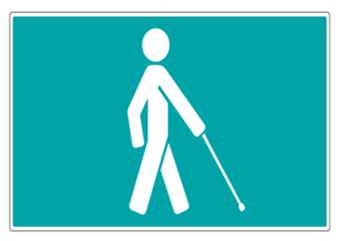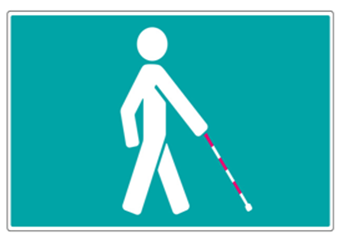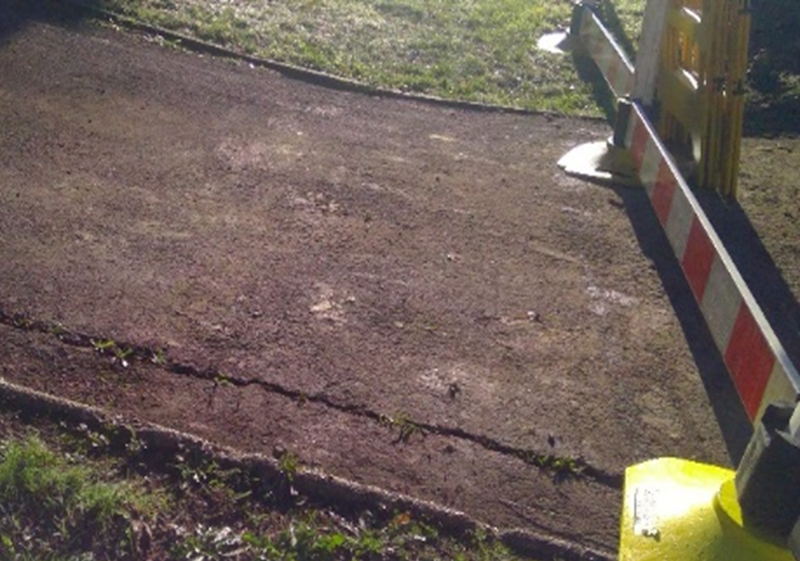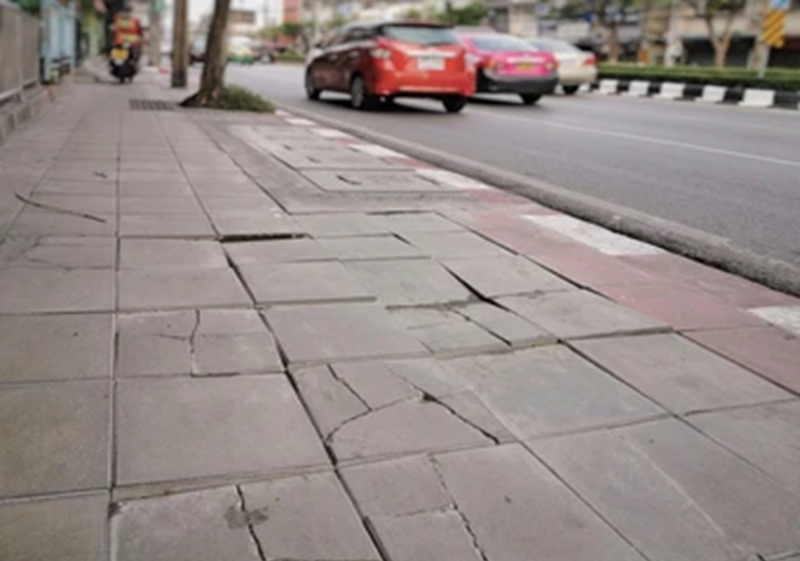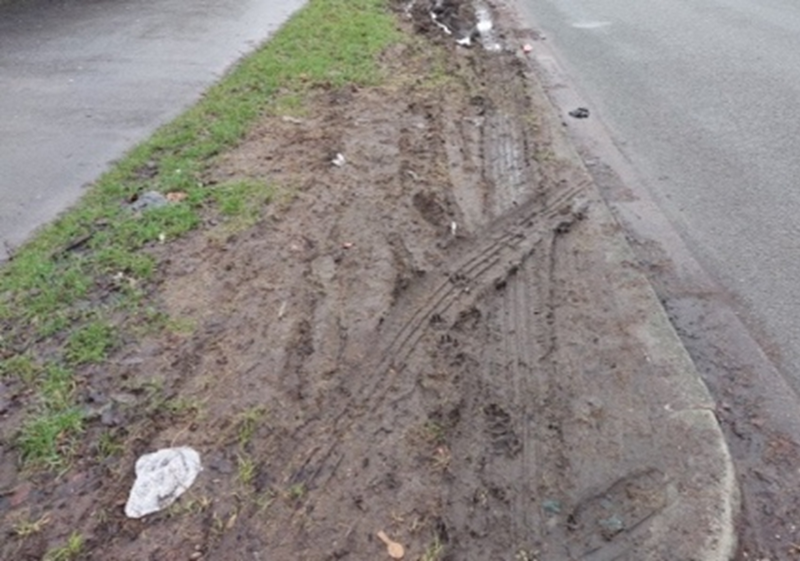Our Safety Code states:
"You must consider the needs of children, older people and disabled people, with particular regard for visually impaired people", and you must provide: "a safe route suitable for people using wheelchairs, mobility scooters, prams or pushchairs".
Even small changes cause problems. If we must close a footway as part of our planning works, then the surface we provide must be adequate for the safety of all road users.
For visually impaired people, this means we must help them to understand how we’ve changed or have plans to change the physical environment.
You must make sure that:
- Footway and carriageways are in a good state for walking.
- Walkways are set up as per legislation to ensure safe passage.
- Routes are explained and, if appropriate, customers are walked through the site.
- Diversions do not put the public in danger – do not divert through underpasses or dimly lit areas.
- Changes to access and impacts on transport (Bus Stops etc), are explained.
Once on site, it’s important to know the right way to communicate with someone you believe may be visually impaired. These tips will help:
It’s also helpful to know some visually impaired people use canes to help them navigate, and that these canes have different meanings.

Symbol cane
To say you have low but useful vision
You hold the symbol cane in front of you to let people around you know that you're partially sighted. It's particularly useful in busy places.
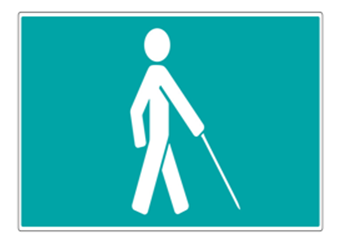
Guide cane
To find obstacles before they find you!
You hold a guide cane diagonally across your body and then use it to find obstacles in front of you such as kerbs or steps
Talk about the routes used by visually impaired people. Make a note of those routes. Don’t make assumptions, ask questions and log any details about access and travel.
Make sure you account for changes to transport routes. Remember, those routes aren’t set by us, but this information is key to ensuring safe Street and Road works.
Early communication is vital, but bear in mind that visually impaired people may need notifications in a different format. Ask, would customers like letters in Braille?
In some situations, such as emergency works carried out at short notice, it may be hard to cater for everyone’s needs.
Site operatives and supervisors can achieve a good setup by assessing location risks as set out in the Code of Practice for Safety at Street Works and Road Works.
This applies not only for the visually impaired but also for wheelchair users and for people who have hearing impairments.
Large or small, every piece of work has an impact. That’s especially true for people who are vulnerable – people with disabilities. We want all of our street and highway works to be safe and compliant, and must assess every location, all of the time.
Be flexible. But ask yourself these questions:
- Have I made the site safe to work in and safe for the general public?
- Whichever way they approach these works, will people using this road or footway understand what is happening and what’s expected of them?
- How am I managing plant and machinery?
- What measures are in place to ensure large vehicles can enter the site safely?
- Is there anything else I could do, to improve this situation?
This video is 15 minutes long. Please watch it, as it provides an excellent overview of how we can help all kinds of vulnerable people with some memorable examples.
For further information see:
- Temporary Traffic Management Handbook (tfl.gov.uk)
- Accessible bus stop design guidance (tfl.gov.uk)
- 12-2022-haucbulletin-footwayclosurev1.0.pdf (hauc-uk.org.uk)
- 17-2022-hauc_ramping_up.pdf (hauc-uk.org.uk)
- Safer Provisions for Pedestrians at Roadworks_A Risk Prioritisation Framework_FINAL (tfl.gov.uk)

